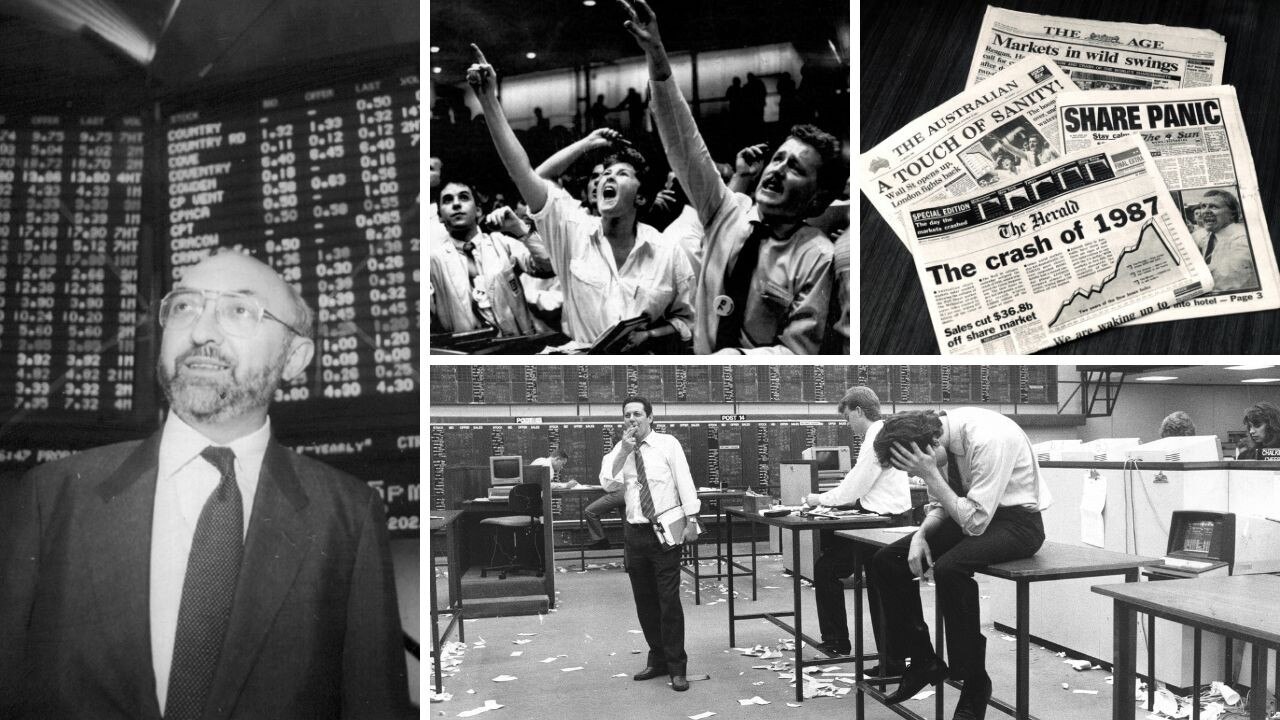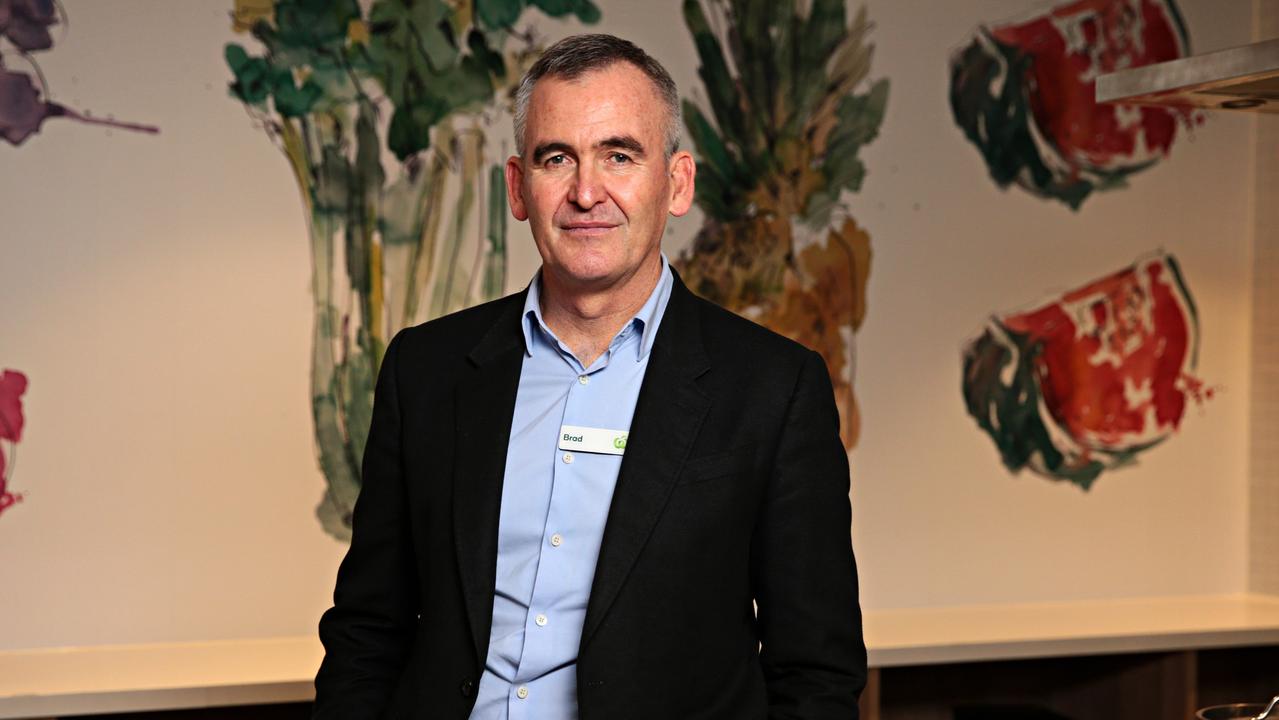GDP signals that the RBA ain’t done yet
The good news in the GDP figures was also the bad news. That is to say, bad news for borrowers.

The good news in the GDP figures was also the bad news. That is to say, bad news for borrowers. There was nothing in the numbers to suggest the Reserve Bank was or should be done with further interest rate hikes.
Indeed, arguably the exact reverse. That the early rate rises didn’t dent consumer spending at all; and now we are beginning to see significant and increasingly widespread wage rises, likely to fuel further strong spending.
Narrowly, wages starting to rise at 4 per cent-plus, and indeed in the 5-6 per cent range, is good news for workers. But it is challenging and potentially disastrous news for inflation through 2023. It would not only signal further rate rises but also the postponing of any hoped-for switch to rate cuts.
Again, that is to say, hoped-for by borrowers.
It tends to be almost completely forgotten – by the media, by so-called experts more broadly, and indeed by trainee treasurers – that there are two groups of people in the interest rate room.
Not just borrowers. According to the latest APRA data they add to $3 trillion, with around $2 trillion of that on property, splitting about two-thirds owner-occupiers and one-third investors.
But also depositors, who collectively have around $2.2 trillion “in the bank”, of which around $1.4 trillion is household deposits (as at end-October).
Indeed, the amount lent to owner-occupiers almost exactly equals household deposits – making interest rate increases close to a “wash’’. Except for the bigger take scooped up by the banks as they raise their lending rates further and faster than deposit rates.
The GDP figures showed that all the growth in the economy in the September quarter (0.6 per cent) came from increased consumer spending. Everything else added up to a “wash”.
Consumer spending was funded by people reducing their savings ratios – it had rocketed during the lockdowns in 2020, thanks indirectly to JobKeeper; by strong employment growth; and rising (nominal) wages.
There was another factor clearly at work which didn’t get identified in the (income) data: consumers calling on the massive unrealised – and indeed, realised – tax-free profits on the family home, thanks to the near-doubling in property values in just five-six years to mid-2022.
Despite all the media hype – and commenting from the trainee treasurer – it’s only a small cohort of relatively recent first home buyers who have been severely hit so far by the rate rises. Indeed, only about two-thirds of that (small) borrower cohort have been hit. Around one-third of recent first-home buyers locked in low-rate fixed terms. Most of them haven’t had any increase in their repayments so far.
Yes, they will get hit when their fixed terms run out, and get hit with all the rate rises in one big cumulative go. But in terms of the economic impact that’s in 2024.
Bottom line: this further reinforces what I wrote yesterday: we are in “wait and see mode” through December and January.
We – and indeed, the RBA – won’t get the December quarter GDP numbers until early March – indeed, one day after the RBA delivers its second decision for 2023.
We – and the RBA – should have a pretty good idea how the economy ended up tracking through this quarter. So far, it seems very strong, with consumers heading for an all-time record Christmas spend, and by some margin.
RBA governor Lowe would clearly love to hit pause in February; right now he will be thinking the choice is between that and another 25-pointer. I suggest all that is highly “optimistic” – absent of course some left-field catastrophe.
My suggestion right now is that the February choice will be between 25 points and 50 points; with the potential for it to have to be 50 points in both February and March.



